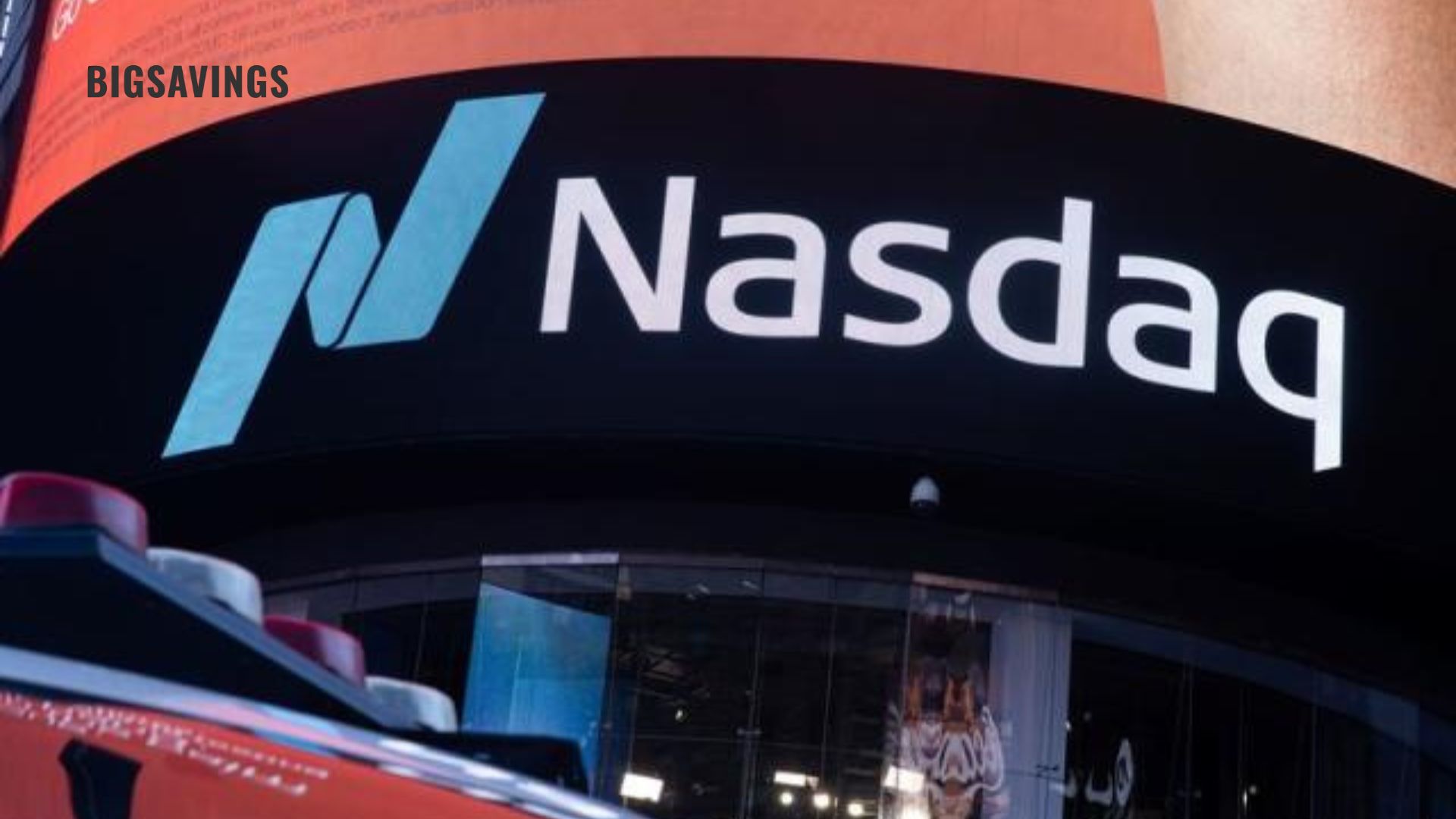In today’s tech-driven world, analyzing past market trends is key to understanding the shifting dynamics of trading landscapes. Nasdaq Fintechzoom provides a powerful platform that allows users to explore historical financial data, uncover trends, and predict future market behavior. By leveraging detailed performance charts and advanced tools, Nasdaq Fintechzoom enhances both historical analysis and present-day trading strategies, helping investors make more informed decisions.
Analyzing Historical Market Performance on Nasdaq Fintechzoom
Understanding the historical performance of Nasdaq Fintechzoom can provide valuable insights for traders. By analyzing how Nasdaq has performed over the years in different economic environments, traders can spot recurring patterns, risks, and opportunities. A deep dive into past data can help identify how prices have fluctuated and predict how they may move in the future. This detailed historical data is crucial for developing informed trading strategies.
Yearly Market Data Overview:
| Year | Average Stock Price | Year Open | Year High | Year Low | Year Close | Annual % Change |
|---|---|---|---|---|---|---|
| 2012 | 6.5729 | 6.7917 | 7.3958 | 5.8147 | 6.9155 | 3.69% |
| 2013 | 9.0135 | 7.1286 | 11.2389 | 7.1286 | 11.1883 | 61.79% |
| 2014 | 11.4436 | 11.0197 | 14.0532 | 9.6261 | 13.6740 | 22.22% |
| 2015 | 14.9283 | 13.6455 | 17.3192 | 12.8415 | 16.8744 | 23.41% |
| 2016 | 19.1139 | 16.4016 | 20.9730 | 16.1666 | 19.8255 | 17.49% |
| 2017 | 21.5159 | 19.6956 | 23.7662 | 19.6956 | 23.1477 | 16.76% |
| 2018 | 26.5201 | 23.1205 | 29.4139 | 22.6596 | 25.0462 | 8.20% |
| 2019 | 29.4247 | 24.8712 | 33.8073 | 24.2018 | 33.5287 | 33.87% |
| 2020 | 37.3639 | 33.7541 | 43.3917 | 22.9305 | 42.2865 | 26.12% |
| 2021 | 56.2903 | 42.0540 | 68.4355 | 42.0333 | 67.7099 | 60.12% |
| 2022 | 56.7585 | 65.2757 | 67.6163 | 45.9602 | 60.1371 | -11.18% |
| 2023 | 53.1086 | 60.5390 | 62.1172 | 46.8855 | 57.9260 | -3.68% |
| 2024 | 58.5434 | 56.6905 | 63.5600 | 55.2160 | 61.5000 | 6.17% |
What is Nasdaq Fintechzoom?
Nasdaq Fintechzoom, established in 1971, revolutionized stock trading by introducing an electronic trading system. It emerged after the Securities and Exchange Commission (SEC) encouraged the automation of trading for securities that weren’t listed on traditional exchanges. Initially called the National Association of Securities Dealers Automated Quotations (NASDAQ), this platform has since grown into a global electronic marketplace where investors can trade stocks, bonds, and commodities. Nasdaq, now a key player in global financial markets, is particularly known for listing some of the world’s largest technology companies, including Microsoft, Apple, and Tesla.
Nasdaq Composite Index and Recent Trends
When discussing Nasdaq, most people refer to the Nasdaq Composite Index, which includes over 2,500 companies listed on the exchange. This index serves as a key indicator of the tech sector’s performance, with giants like Amazon, Alphabet, and Meta among its leading stocks.
In April 2022, the Nasdaq Composite saw its largest monthly decline since the 2008 financial crisis, dropping by 13.3%. In contrast, the index had shown remarkable growth during periods of economic boom, particularly during the dot-com bubble of the 1990s. Understanding these highs and lows is crucial for investors looking to navigate today’s dynamic market.
Nasdaq’s Digital Trading System: A Game-Changer
Nasdaq Fintechzoom pioneered the transition from traditional trading methods to a fully electronic system, which has become the global standard. During the tech boom of the 1980s and 1990s, Nasdaq’s digital trading platform attracted countless tech startups, making it the go-to exchange for technology firms. The Nasdaq Composite Index became the symbol of the dot-com era, skyrocketing by 150% in 16 months before dramatically losing nearly 80% of its value by October 2002.
Despite this volatility, Nasdaq has maintained its status as the leading exchange for innovative tech companies, and its digital trading system continues to drive efficiency in global markets.
Challenges and Opportunities for Nasdaq Fintechzoom
Merging Nasdaq Fintechzoom with the traditional financial sector has its challenges. Regulatory requirements, data security concerns, and the rapid pace of technological advancement all pose significant obstacles. However, these challenges also create opportunities for growth and innovation.
- Regulatory Challenges: Regulations are essential for ensuring financial stability and consumer protection. However, these frameworks must evolve to keep pace with technological innovation in order to support Nasdaq’s expansion into new markets.
- Growth Opportunities: As Fintech continues to disrupt traditional finance, Nasdaq Fintechzoom has the potential to lead the charge, providing advanced financial solutions and cutting-edge analytics to both retail and institutional investors.
Financial Performance and Revenue Streams
Nasdaq’s financial success stems from a diverse range of services offered to financial institutions, brokers, corporations, and investors. Its main sources of revenue include:
- Market Access Services: Offering access to various global markets for different types of investors.
- Data and Analytics: Providing valuable insights and indices for brokers and financial institutions.
- Market Technology: Offering secure trading and settlement platforms, along with advanced tools to combat financial crime.
- Corporate Services: Facilitating company listings and providing investor relations services.
Present-Day Trading Strategies
To succeed in today’s fast-paced financial landscape, traders need to implement effective strategies. A combination of fundamental analysis, technical analysis, and market sentiment tools can help investors navigate market complexities. Technical analysis involves examining historical price movements and trading volumes to forecast future trends, while market sentiment analysis helps traders understand how other investors are reacting to market conditions.
By combining these strategies with the historical data available on Nasdaq Fintechzoom, traders can better position themselves to capitalize on emerging opportunities.
Conclusion
Nasdaq Fintechzoom provides a comprehensive platform for analyzing historical stock performance, developing trading strategies, and predicting future market trends. With its range of tools—such as portfolio management software, educational resources, and expert market analysis—Nasdaq Fintechzoom empowers traders and investors to make informed decisions in a rapidly evolving financial world. As technology and finance continue to converge, Nasdaq Fintechzoom remains at the forefront of innovation, shaping the future of global markets.
FAQs:
1. What is the forecast for the NASDAQ 100?
The forecast for the NASDAQ 100 is influenced by market trends, economic indicators, and the performance of companies within the index. Most analysts are optimistic, highlighting the growth potential of the technology and biotechnology sectors.
2. How does Nasdaq FintechZoom impact the financial industry?
Nasdaq FintechZoom is transforming the financial industry through technological innovations that enhance efficiency and accessibility in areas like banking, payments, and stock trading. Its tools make financial services easier to use and more widely available.
3. How does Nasdaq FintechZoom compare to traditional finance?
Nasdaq FintechZoom offers several advantages over traditional finance, including faster transactions, greater transparency, lower costs, and customized solutions powered by data analytics and AI.
4. What are the main services offered by Nasdaq?
Nasdaq provides a wide array of services, including market access for investors, data and analytics for financial institutions, and secure trading platforms for corporations.
5. What challenges does Nasdaq FintechZoom face?
Nasdaq FintechZoom faces challenges related to regulatory compliance and information security. However, these challenges also present opportunities for growth and innovation as the platform continues to develop new financial solutions.


